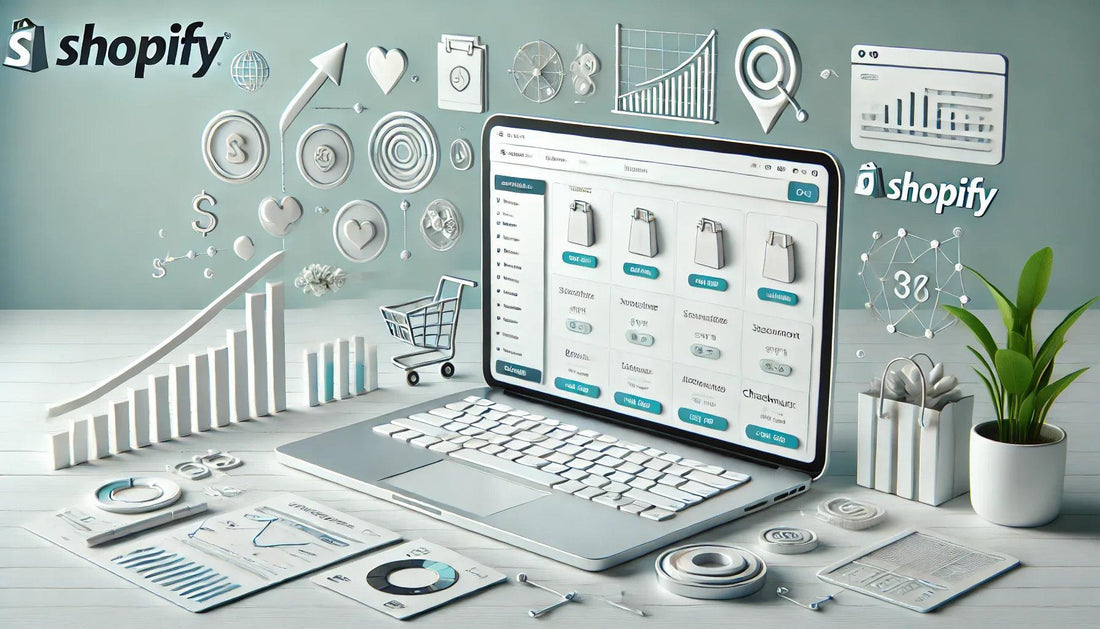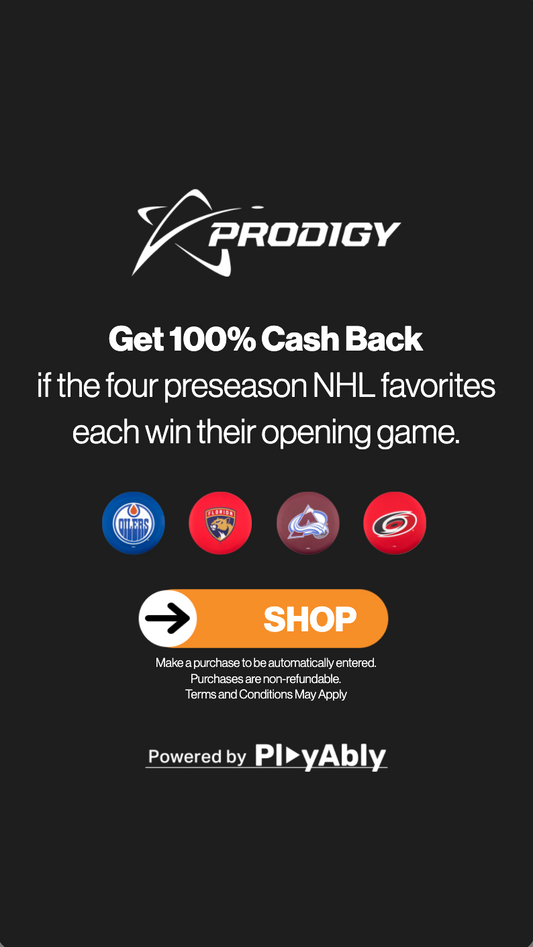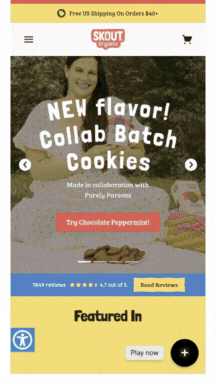Conversion Optimization on Shopify: Strategies to Boost Sales
Vintage Cars Customizable Game
Creating Customer Journeys Experiences in eCommerce with Gamification
Download The Guide
Shopify makes launching an eCommerce store easy, but turning visitors into paying customers requires a strategic approach. A well-optimized Shopify store doesn’t just attract traffic—it encourages users to stay, engage, and complete purchases. With increasing competition in the eCommerce space, brands must focus on refining their site’s conversion rate to maximize revenue.
From streamlining checkout to leveraging AI-driven recommendations, optimizing Shopify for conversions is a mix of data-driven decisions and user experience improvements. Here’s how to ensure your Shopify store turns clicks into sales.
Vintage Cars Customizable Game
Gamification and conversion optimization go hand in hand. While gamification keeps users engaged, conversion optimization ensures that engagement leads to action—whether that’s making a purchase.
Download The GuideWhy Conversion Optimization is Essential for Shopify Stores
The Difference Between Traffic and Conversions
Driving traffic to your Shopify store is just the first step. Without a well-optimized shopping experience, visitors will browse and leave without taking action. Common pain points—such as slow load times, unclear product pages, and complex checkouts—cause high bounce rates and lost revenue.
By focusing on conversion rate optimization, Shopify store owners can:
-
Reduce cart abandonment rates.
-
Increase customer retention and repeat purchases.
-
Improve user experience, leading to higher engagement and trust.
Understanding Customer Behavior on Shopify
Every customer’s journey is different. Some arrive with intent to buy, while others are just exploring. Optimizing conversions means ensuring that no matter where they are in the buying process, they find what they need easily and feel confident making a purchase.
Data from Shopify analytics, heatmaps, and A/B testing helps store owners understand what’s working—and what’s not. By removing obstacles and enhancing key touchpoints, Shopify stores can convert more visitors into buyers.
Key Shopify Conversion Optimization Strategies
1. Optimize Product Pages for Clarity and Trust
Your product pages are where customers make buying decisions. If they aren’t clear, compelling, and informative, users will leave without purchasing.
-
Use high-quality images and videos to showcase products from multiple angles.
-
Write compelling, benefit-driven descriptions that answer common customer questions.
-
Include trust signals such as customer reviews, star ratings, and security badges.
For example, adding product videos has been shown to increase conversions by up to 80% because they provide a more immersive shopping experience. Stores that feature customer-generated photos and reviews also see higher trust and engagement.
2. Streamline the Checkout Process
Cart abandonment is a major issue for Shopify stores, with nearly 70% of carts abandoned on average. A complicated or lengthy checkout process only worsens the problem.
-
Enable guest checkout so customers don’t have to create an account.
-
Reduce the number of form fields to only what’s necessary.
-
Integrate one-click payment options like Apple Pay, Google Pay, and Shop Pay.
-
Show progress indicators to reassure customers about how close they are to completing the purchase.
Shopify’s built-in checkout is already optimized, but adding post-purchase upsells, trust-building elements, and reducing distractions can lead to higher completion rates.
3. Leverage AI and Personalization for Higher Engagement
Personalization helps tailor the shopping experience to each user, increasing the likelihood of conversion. Shopify stores can implement:
-
AI-driven product recommendations based on browsing and purchase history.
-
Dynamic pricing and special offers that adjust based on customer behavior.
-
Personalized email follow-ups that re-engage abandoned cart users with exclusive deals.
A study found that personalized product recommendations can increase conversion rates by up to 30%, making them a critical tool for Shopify merchants looking to maximize revenue.
4. Implement Urgency and Scarcity Techniques
A sense of urgency can push hesitant shoppers to take action. Shopify stores can use:
-
Limited-time offers with countdown timers.
-
Stock availability notifications (e.g., “Only 3 left in stock!”).
-
Flash sales and exclusive deals for first-time buyers.
Booking.com saw a 26% increase in conversions using urgency-based tactics, and eCommerce brands using similar techniques have reported significant revenue gains.
5. Optimize for Mobile Users
With over 70% of eCommerce traffic coming from mobile, an optimized mobile shopping experience is non-negotiable. Shopify store owners should:
-
Ensure fast load times by compressing images and minimizing scripts.
-
Use large, touch-friendly buttons to improve navigation.
-
Simplify mobile checkout with autofill, saved payment options, and express pay buttons.
Studies show that even a one-second delay in mobile load times can reduce conversions by 7%, making site speed a top priority.
Case Studies: Shopify Stores That Nailed Conversion Optimization
Gymshark: Speed and Simplicity for Higher Conversions
Gymshark optimized its Shopify checkout process by reducing steps and integrating express payment options. As a result, their mobile conversion rate increased by 8.2% in just six months.
Allbirds: Personalization and Social Proof
Allbirds uses AI-powered product recommendations and customer reviews to build trust. This personalization strategy contributed to a 15% higher average order value and increased repeat purchases.
Kylie Cosmetics: Leveraging Urgency to Drive Sales
By incorporating limited-edition product drops and real-time stock updates, Kylie Cosmetics increased its checkout conversion rate by 24% during product launches.
The Future of Shopify Conversion Optimization
Optimizing a Shopify store for conversions isn’t a one-time effort—it requires continuous testing, data analysis, and refinements. Businesses that focus on delivering seamless experiences, reducing friction, and using behavioral triggers like urgency and personalization will always stay ahead.
By implementing these strategies, Shopify merchants can turn more visitors into loyal customers, ensuring long-term growth and profitability.



